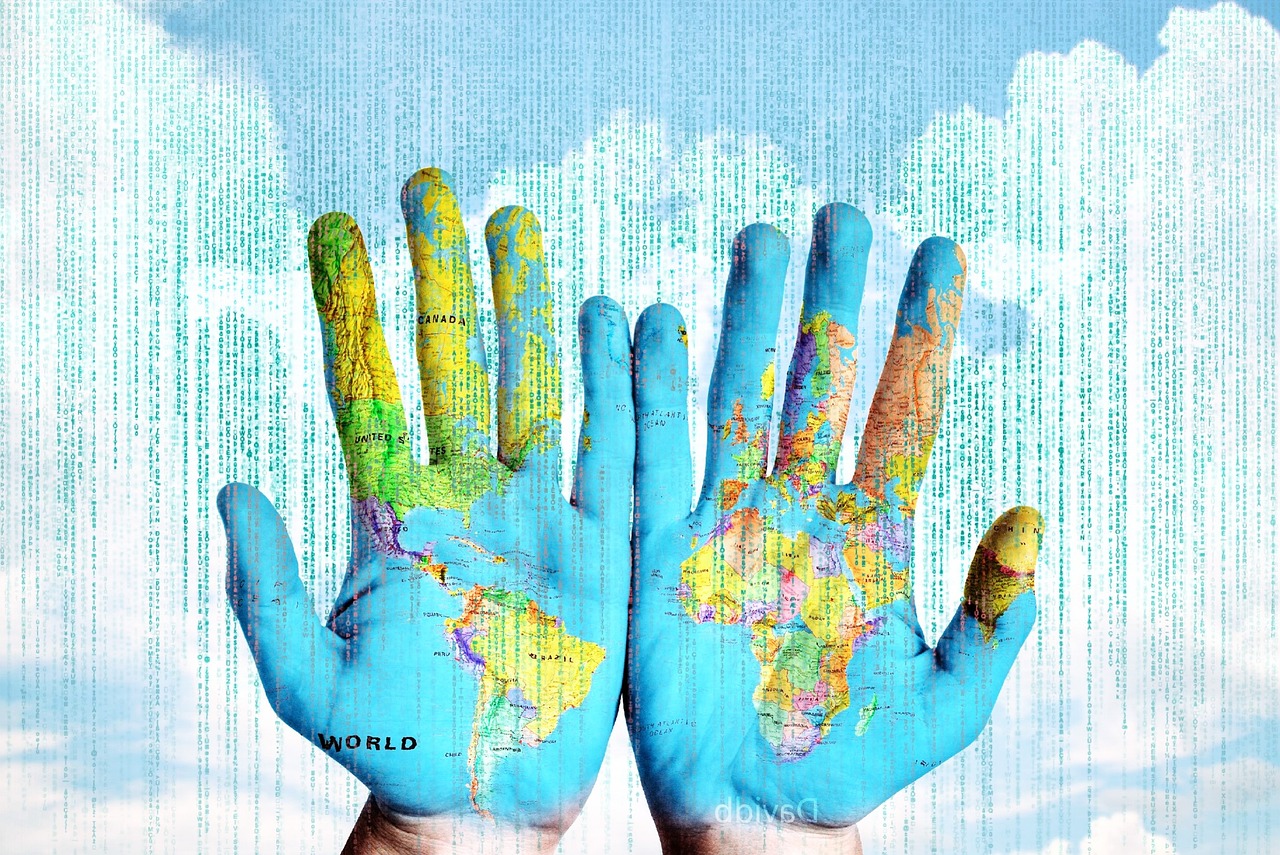The Impact of Blockchain in Sustainable Disaster Relief Funding
Blockchain technology has been identified as a potential game-changer in the realm of disaster response. Its decentralized nature allows for secure and transparent transfer of crucial information in real-time. By enabling immutable record-keeping and tracking of vital resources and assets, blockchain can enhance coordination between various stakeholders involved in disaster relief efforts.
Moreover, the use of smart contracts on blockchain can automate and streamline processes such as resource distribution, donation management, and fund allocation. This can significantly reduce administrative expenses and ensure that aid reaches those in need more efficiently. The potential of blockchain technology lies in its ability to revolutionize the way disasters are responded to, by providing a more resilient and transparent system that can make a real difference in saving lives and rebuilding communities.
How Blockchain Can Streamline Donation Processes for Relief Efforts
Blockchain technology has the potential to revolutionize the way donation processes are streamlined for disaster relief efforts. By utilizing blockchain’s decentralized and transparent nature, donors can have increased trust in where their donations are going. Smart contracts can be implemented to automate donation processes, ensuring that funds are efficiently distributed to those in need without the need for intermediaries.
Furthermore, blockchain can provide a secure and immutable record of transactions, making it easier to track the flow of donations and ensure accountability throughout the relief process. This transparency can help prevent fraud and mismanagement of funds, ultimately increasing the effectiveness and impact of humanitarian aid efforts in times of crisis.
What is blockchain technology?
Blockchain technology is a decentralized, distributed ledger that records transactions across multiple computers in a secure and transparent manner.
How can blockchain streamline donation processes for relief efforts?
Blockchain can provide a secure and transparent way for donors to track their donations and ensure that they reach their intended recipients without any intermediaries.
How does blockchain technology improve disaster response?
By using blockchain, relief organizations can efficiently track donations, streamline the distribution of resources, and ensure that funds are used effectively during disaster response efforts.
Is blockchain technology safe and secure for donation processes?
Yes, blockchain technology is considered highly secure due to its decentralized nature and cryptographic algorithms, making it difficult for malicious actors to tamper with the data stored on the blockchain.





